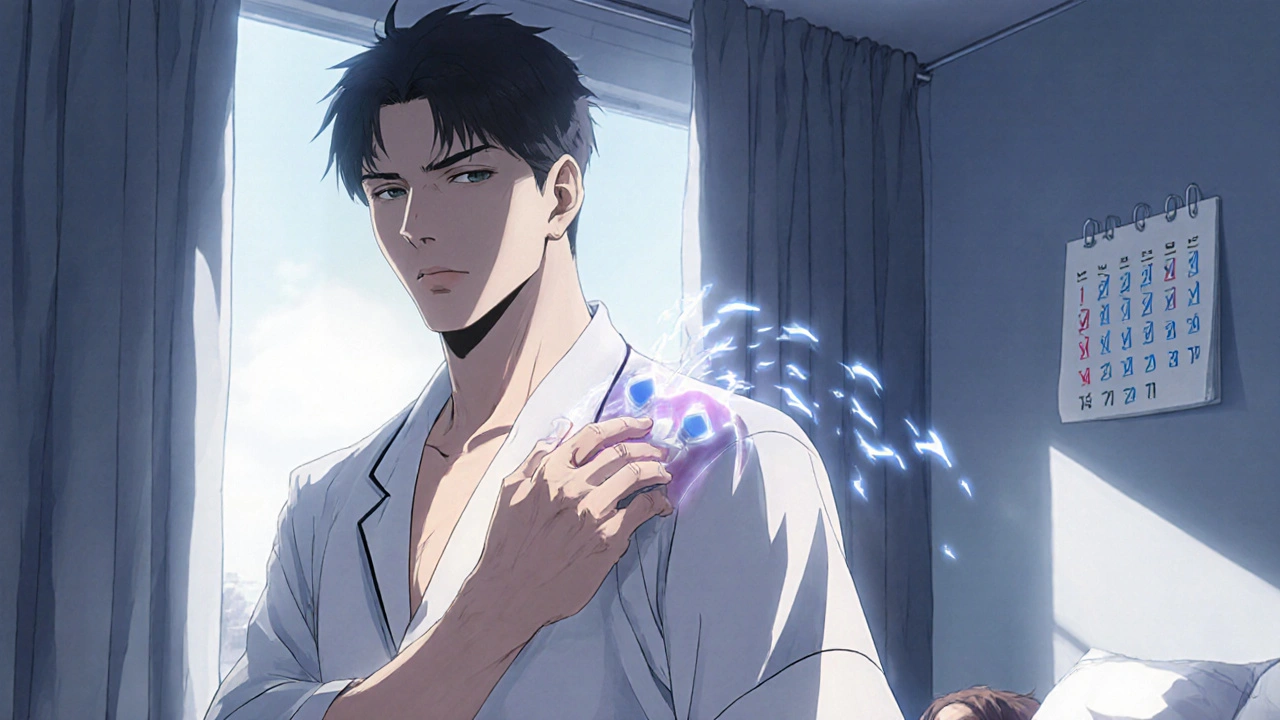Testosterone Alternatives: Natural and Medical Options Compared
When testosterone, the primary male sex hormone that regulates muscle mass, energy, libido, and mood. Also known as T, it plays a central role in male health, levels drop—whether from aging, stress, poor sleep, or medical conditions—many men seek ways to feel like themselves again. But not everyone wants or needs prescription hormone therapy. That’s where testosterone alternatives, natural or pharmaceutical options that support healthy hormone balance without direct testosterone replacement come in. These include lifestyle changes, supplements, and medications that either boost your body’s own production or mimic testosterone’s effects in safer ways.
One major category of testosterone alternatives, substances or strategies that help restore hormone balance without synthetic testosterone is natural boosters. Things like zinc, vitamin D, ashwagandha, and D-aspartic acid have shown in studies to help raise free testosterone levels slightly, especially in men with deficiencies. They’re not magic pills, but for someone with mild low T and a decent lifestyle, they can make a noticeable difference in energy and mood. Then there are medications like clomiphene, a fertility drug that tricks the brain into producing more LH and FSH, which in turn signals the testes to make more testosterone. It’s used off-label for low T and avoids the side effects of direct testosterone injections, like testicle shrinkage. Another option is aromatase inhibitors, drugs that block the conversion of testosterone into estrogen, helping maintain higher levels of active T. These are often used by bodybuilders or men with high estrogen due to obesity or aging.
What ties all these alternatives together is the goal: restore function without dependency. Unlike testosterone replacement therapy, which shuts down your body’s natural production, many alternatives work with your system, not against it. That’s why they’re popular among men who want to avoid long-term prescriptions or are trying to conceive. But they’re not one-size-fits-all. Your age, body fat percentage, sleep habits, and even stress levels all affect what will work. A 35-year-old with poor sleep and high stress might see big gains from better rest and magnesium supplements. A 55-year-old with clinically low T might need clomiphene or a short-term course of TRT before switching to alternatives to maintain results.
Below, you’ll find real comparisons of treatments—some prescription, some natural—that men have used to manage low testosterone symptoms. You’ll see how Forzest (tadalafil) and other ED meds relate to low T, how supplements stack up against drugs, and what actually works based on user experience and medical evidence. No fluff. No hype. Just clear, practical info to help you decide what’s right for your body.
Cernos Gel vs Other Testosterone Gels: Real Comparisons for Men in Australia
Compare Cernos Gel with other testosterone gels like Androgel and Testogel. Learn what works best for Australian men, costs, transfer risks, and how to choose the right option for your body.

